ID these plants for Me !! Thanks !!
carolstropicals
8 years ago
Featured Answer
Sort by:Oldest
Comments (19)
gardengal48 (PNW Z8/9)
8 years agogyr_falcon
8 years agoRelated Discussions
What is this plant?
Comments (4)I'd say they are both Syngonium podophyllum cultivars, but not the same one. The top looks like the cultivar we (Aus) call "Spear Point" and the 2nd more like cultivar "ultra" though I'm sure there are plenty of "names" around. Also there can be a lot of change from juvenile leaves to more mature ones. Although you refer to one as a "water plant" indeed they will root from a node and grow in water, but will also root in well-drained but moist compost (like an orchid mix) and grow in soil. Either way they look for something to climb and the extra roots they make along the way both provide support and nourishment if they are lucky enough to find a suitable support - tree, porous wall, bark totem etc....See MorePlease Help ID!
Comments (4)Looks like a sick! "Dumbcane" Dieffenbachia species It's a Poisonous Houseplant This is a very popular species of houseplant. The mouth and throat will immediately and painfully swell if the leaves are chewed. The juice also causes intense pain and swelling if accidently sprayed into the eyes....See MoreUnidentified Plant in San Diego, CA
Comments (2)That is Gaillardia (Blanket flower)....See Moreneed ID please - jacob's tears???
Comments (1)Doesn't look like a fern to me. Some sort of suculent....See Moregyr_falcon
8 years agogardengal48 (PNW Z8/9)
8 years agocarolstropicals
8 years agoEmbothrium
8 years agolast modified: 8 years agogardengal48 (PNW Z8/9)
8 years agocarolstropicals
8 years agoEmbothrium
8 years agolast modified: 8 years agogardengal48 (PNW Z8/9)
8 years agoEmbothrium
8 years agolast modified: 8 years agocarolstropicals
8 years agocarolstropicals
8 years agofloral_uk z.8/9 SW UK
8 years agocarolstropicals
8 years ago
Related Stories

LIFEThank U 4 the Gr8 Gift: How to Send Thanks in the Digital Age
We click open invitations and RSVP via text, but a handwritten thank-you is sometimes still best. Here's how to tell
Full Story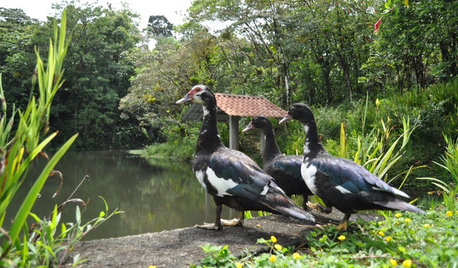
LIFEYou Said It: ‘The Birds Will Thank You’ and More Houzz Quotables
Design advice, inspiration and observations that struck a chord this week
Full Story
NATIVE PLANTSPlant These Fall-Flowering Natives in Early Summer for Pollinator Love
These 3 groups of plants will support masses of beneficial insects come autumn
Full Story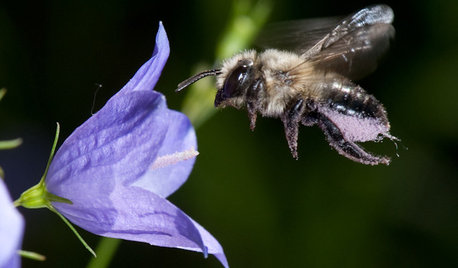
NATIVE PLANTSGreat Design Plant: Color Outside the Lines With Bluebell Bellflower
Plant this Campanula on pathway and patio edges for shots of bright blue from May through September
Full Story
GARDENING GUIDESInvite Mining Bees to Your Garden by Planting Their Favorite Plants
Look for mining bees (Andrena) pollinating woodland wildflowers in U.S. gardens this spring
Full Story
FALL GARDENINGWhat Monarch Butterflies Taught Me About Garden Design
Thinking like a butterfly leads to fresh perspectives in the garden and in life
Full Story
GARDENING GUIDESGreat Design Plant: Cephalanthus Occidentalis
Buttonbush is an adaptable woody shrub with delightful pincushion flowers
Full Story
NATIVE PLANTSGreat Design Plant: Wild Bergamot, Friend of Foragers
Nourish butterflies and other winged creatures with the tubular flowers of Monarda fistulosa, a pretty pink native
Full Story
NATIVE PLANTSGreat Native Plant: Grow Wild Quinine for Its Unique Clusters of Blooms
Get connoisseur cred and unique blooms with this uncommon plant. Bonus assets: It’s low maintenance and drought tolerant
Full Story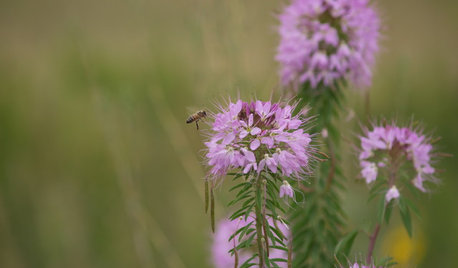
GARDENING GUIDESGreat Design Plant: Cleome Serrulata
Beckon bees and other pollinators in for a drink of nectar from this western U.S. native’s late-summer flowers
Full Story


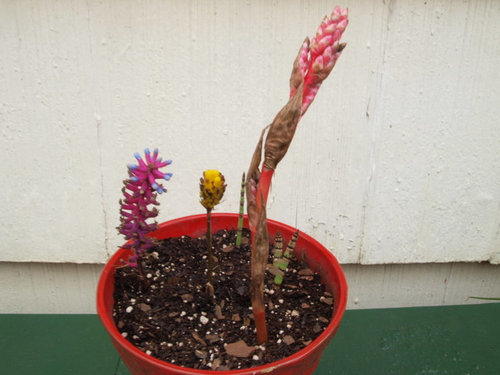
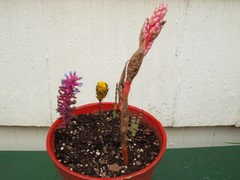




ken_adrian Adrian MI cold Z5